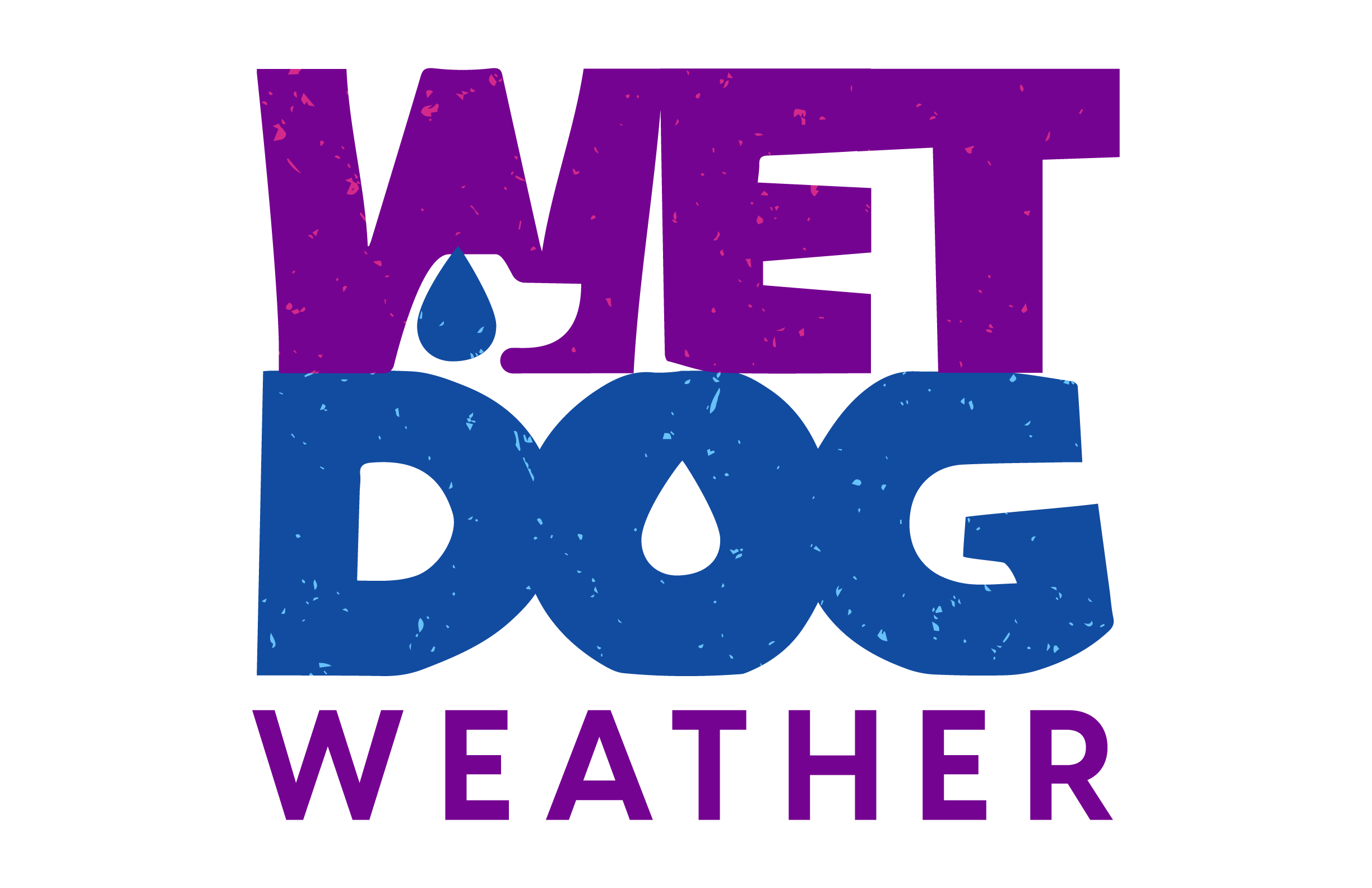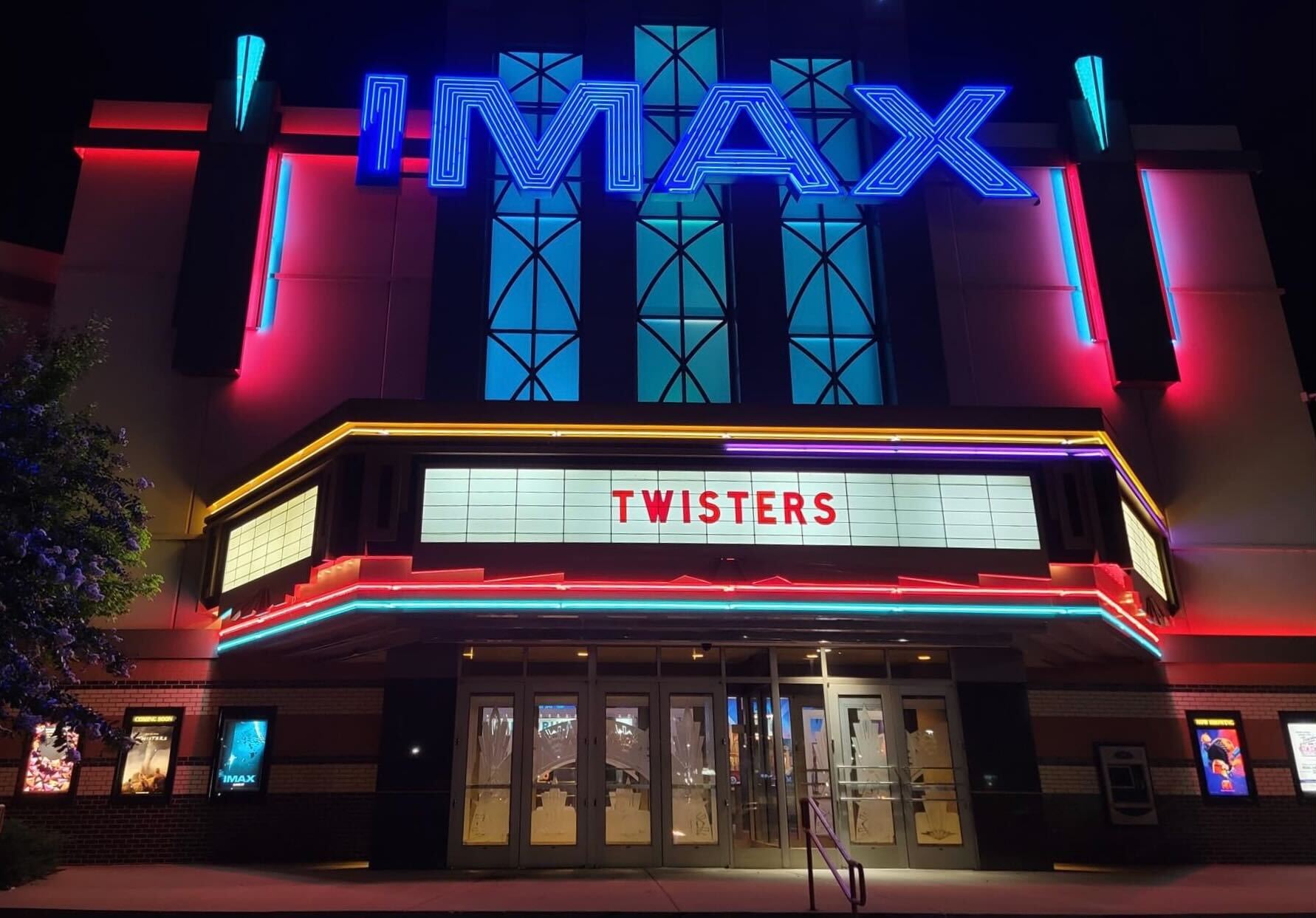In 1996, “Twister” introduced audiences to the world of storm chasers, offering a unique cinematic experience centered on meteorologists. Despite its novelty, the film’s scientific accuracy left much to be desired. Fast forward to last week, and I found myself in a theater packed with fellow meteorologists and former colleagues, watching the newly released “Twisters.” This blog post will compare and contrast these storm chaser movies, examining how “Twisters” stacks up against its predecessor. For those who haven’t seen the new film yet, be warned: spoilers lie ahead.
Setting the Scene: “Twister” (1996) vs. “Twisters” (2024)
Our comparison of storm chaser movies begins with the settings of “Twister” and “Twisters,” both unfolding during Oklahoma’s spring season. Each film opens with a pivotal flashback, setting the stage for our protagonists’ journeys.
In the original, we see one of the main characters, Jo, as she experiences her first tornado as a child and sees the destruction it causes. The newer movie begins with Kate and Javi as college students on a storm chase that will haunt them for years. Both movies then move to the present, and we see how they have matured. More of that in the next section.
“Twister” follows Jo leading a team of storm chasers, driven to unravel tornado mysteries, improve modeling, and enhance early warning systems. Their tool of choice: Dorothy, a canister filled with weather sensors destined for the center of a tornado.
Contrastingly, “Twisters” starts with Kate, now working at a New York NOAA National Weather Service office, clearly haunted by her last chase. The plot kicks into gear when Javi convinces her to return to Oklahoma for a storm-chasing expedition equipped with cutting-edge portable radars. Like Jo, Kate wants to help people impacted by tornadoes.
Character Analysis: Evolution of Personalities in Storm Chaser Movies
– Characters in “Twister” (1996)

The original storm chaser movie centered on meteorologists Jo and Bill, a couple on the brink of divorce. Bill, now a TV meteorologist, seeks out Jo to finalize their split while planning to marry Melissa, a therapist. We don’t know why they are getting divorced, but much of the movie centers on this relationship.
When Jo runs off on a chase without signing, Bill and Melissa follow her. One memorable scene shows Bill testing the direction of the wind by releasing a handful of dirt. He is portrayed as a better forecaster than the others and is needed for Jo to succeed in her mission. Melissa is traumatized by experiencing a tornado on a chase. A favorite quote by her was, “When you used to tell me that you chased tornadoes, deep down, I always thought it was a metaphor.” She realizes Bill still has feelings for Jo and bows out of the relationship.
No analysis of this movie would be complete without mentioning Jonus, the antagonist. His team drives black vehicles with more high-tech equipment than Jo’s, but he doesn’t possess Bill’s forecasting skills.
In the 1990s, women meteorologists were somewhat rare. I graduated a couple of years before the release with just a few other women in my class. Seeing Jo as a meteorologist was groundbreaking. However, Bill was recognized as having stronger forecasting skills.
– Characters in “Twisters” (2024)
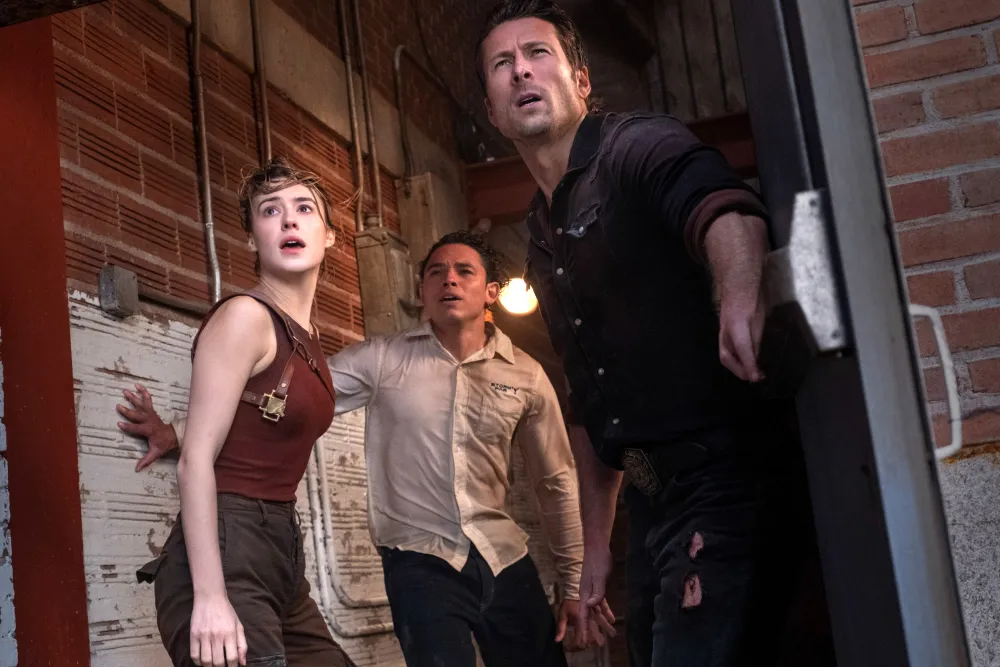
This modern storm chaser movie introduces us to Kate, Javi, and Tyler. Kate and Javi’s shared traumatic past from college shapes their approach to storm chasing, while Tyler initially appears as a reckless thrill-seeker.
Javi leads a corporate-funded team aiming to create 3D tornado models using portable radars. His team, all men, isn’t keen on having a woman they know little about in control of the chase forecast. However, Kate is touted as a meteorologist who knows where a tornado will form by looking at data and just feeling it. A fun tie-back to the original storm chaser movie is that the vehicles on Javi’s team are named Lion, Scarecrow, and Wizard.
Tyler and his crew chase for the adrenaline rush. On the tailgate of his pickup truck is the phrase, “I’ll see you in hail.” They have no scientific need to know; they are out there for fun. One amusing scene is when they drive into a tornado and blast fireworks into it. Their catchphrase is, “If you feel it, chase it,” and their YouTube presence reflects the modern influence of social media on storm chasing culture. While they start out as a bit Yahoo, they grow on you.
In the 2020s, the meteorology program has many more women than it did 30 years before. Women are no longer seen as oddities and play a natural role in storm chasing and weather science. This is displayed in “Twisters, ” and it is much appreciated.
The evolution of characters in these storm chaser movies reflects changing societal attitudes and technological advancements in meteorology. From Bill’s intuitive dirt-tossing to Kate’s data-driven predictions, we see how the portrayal of storm chasers has evolved over nearly three decades of cinema.
Technological Advancements: Storm Chasing Equipment Then and Now
– 1996
Storm chaser movies offer a fascinating glimpse into the technological evolution of meteorology. In the 1996 film “Twister,” we see a world before smartphones and weather apps. Forecasting relied on morning data analysis and intuition, with pay phones serving as crucial communication tools.
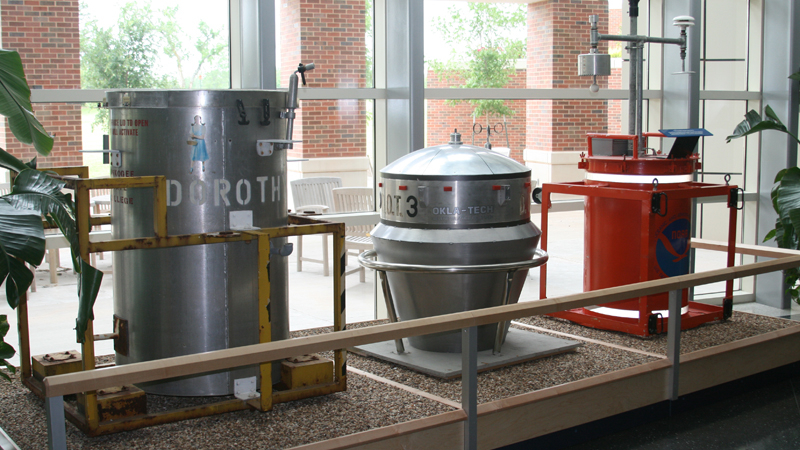
The iconic Dorothy canister from “Twister” was inspired by real-life technology, albeit one abandoned due to deployment challenges. TOTO, its real-world counterpart, aimed to measure tornado winds but proved impractical.
We did have rooftop weather instrumentation that we used in storm experiments. I tested one of the earliest rooftop anemometers in 1994. I can recall someone coming and telling me, while I was parked to get gas and snacks, that I had left my propeller running. Portable radars, carried on the back of large trucks, were also new. We also had weather-instrumented devices called turtles. They weighed around 50 pounds, and it would take two people to remove them from the back of the truck. I served as the driver on a turtle team.
– 2024
Fast-forward to “Twisters,” and we witness a technological revolution. Everyone now has a weather app in their pocket that they can use to view radar images and analyze the current weather. There are storm chaser networks where people can have their location mapped, and others can see what roads they are on while also viewing radar.
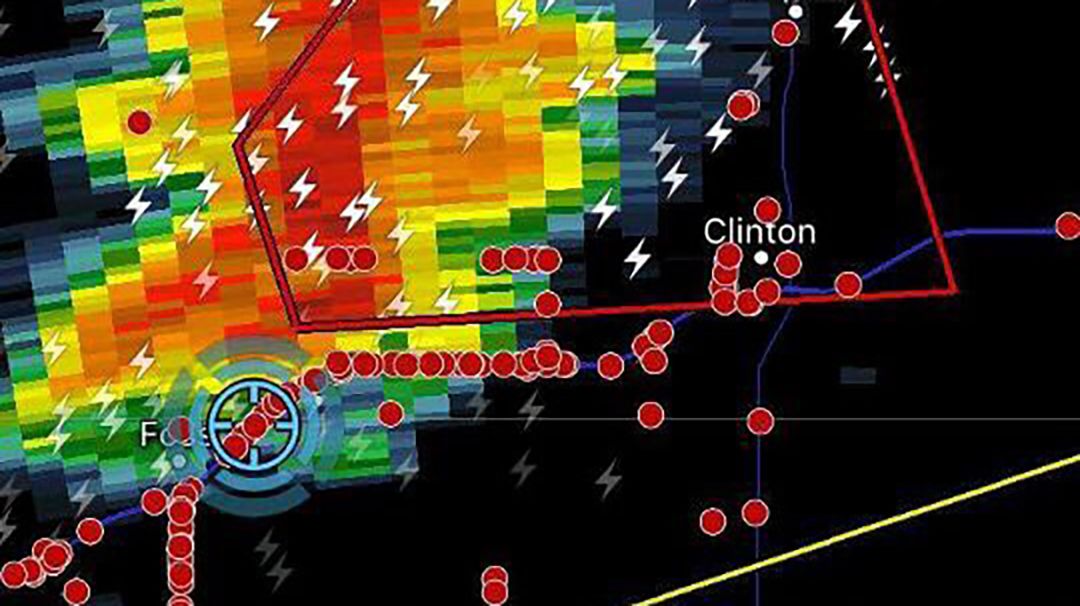
Everyone in Oklahoma has seen a radar truck or rooftop instrumentation pack. The latter is almost commonplace. Chasers add monitors to their dashboards to view radar data while on a chase. Drones are sent out to film footage of a tornado. Weather models are easily accessible to everyone. It’s impressive to see how far we’ve come. Weather data has become big business, whether for YouTube channels, social media, or private companies seeking pinpoint accuracy.
The contrast between storm chaser movies across decades vividly illustrates the rapid advancement of meteorological technology. From Dorothy’s primitive sensors to today’s sophisticated mobile radar systems, these films serve as a cinematic timeline of weather forecasting evolution.
Scientific Accuracy: Have Storm Chaser Movies Evolved?
The portrayal of meteorological science in storm chaser movies has come a long way. “Twister” (1996), while groundbreaking as a storm chaser movie, was notoriously inaccurate scientifically. From outward-blowing tornado winds to instantaneous lightning and thunder, the film took significant liberties with meteorological facts. The sensors in Dorothy would have smashed together. Cows don’t moo as they float by in a tornado. Jo and Bill would have died in the scene at the beginning where they hid under a bridge, not to mention how they survived unscathed, tied to a pipe, in the middle of a tornado filled with debris.
In contrast, “Twisters” (2024) represents a quantum leap in scientific accuracy for storm chaser movies. With NOAA meteorologists consulting on the production, this film presents a more realistic depiction of tornado formation and behavior. Viewers are treated to authentic-looking mathematical equations, accurate radar data, and a deeper understanding of supercell formation. The inclusion of modern warning systems, such as smartphone tornado alerts, further grounds the movie in reality.
However, even contemporary storm chaser movies aren’t immune to dramatization. “Twisters” still includes some unrealistic scenarios, such as a tornado striking without warning – an unlikely event in today’s advanced forecasting environment. The film also depicts outdoor events continuing despite imminent severe weather, which contradicts the weather-aware culture of tornado-prone regions like Oklahoma. Another miss was the lack of other storm chasers. Today, so many people are out chasing that there can be traffic jams in the middle of nowhere. And don’t get me started on how the movie ended. That was pure science fiction.
This evolution in these storm chaser movies reflects Hollywood’s growing commitment to scientific accuracy, albeit with room for improvement. While these films still prioritize entertainment over perfect accuracy, the progress from “Twister” to “Twisters” demonstrates a positive trend in the genre’s approach to meteorological science. As storm chaser movies continue to captivate audiences, they also have the potential to educate viewers about real-world weather phenomena and safety practices.
The Future of Storm Chaser Movies: Entertainment Meets Education
As we’ve seen, storm chaser movies have evolved significantly since “Twister” first hit theaters in 1996. “Twisters” represents a notable step forward in blending entertainment with scientific accuracy, thanks to collaboration with real meteorologists and advancements in special effects. While Hollywood will likely always prioritize drama over perfect realism, the trajectory is promising. These films now have the potential to entertain and educate viewers about severe weather phenomena and safety practices. As technology advances and public interest in extreme weather grows, we can expect future storm chaser movies to push the boundaries further, offering increasingly authentic portrayals of meteorologists and storm chasers. Whether you’re a weather enthusiast or simply a movie buff, the future of storm chaser cinema looks bright – and maybe a little stormy.
